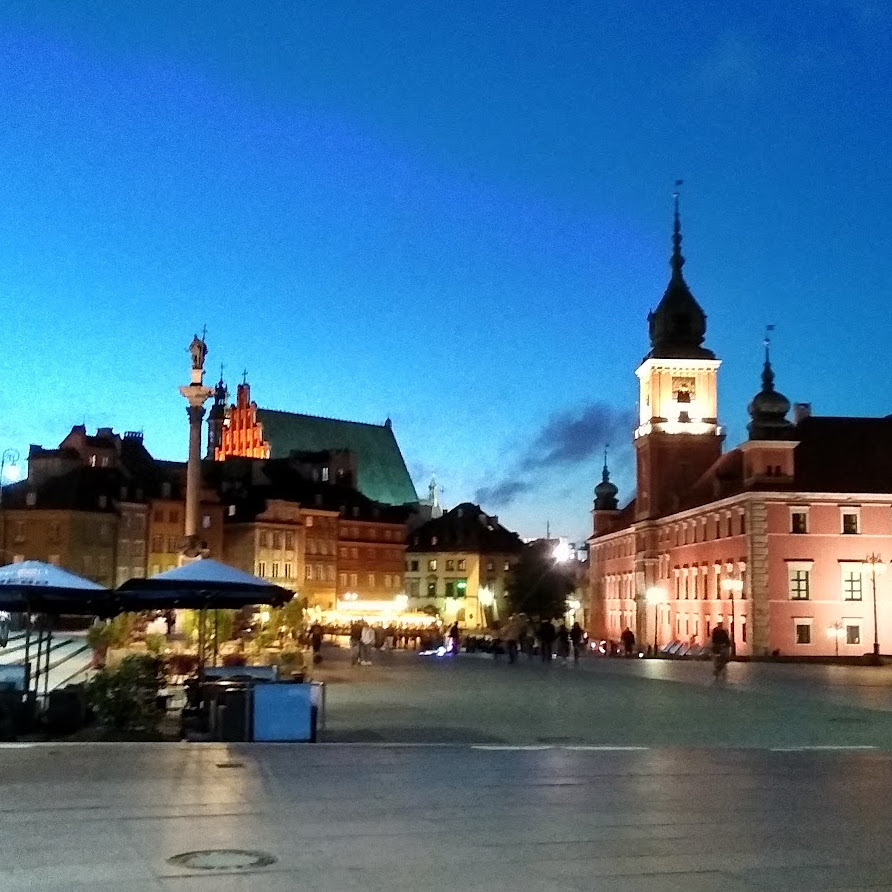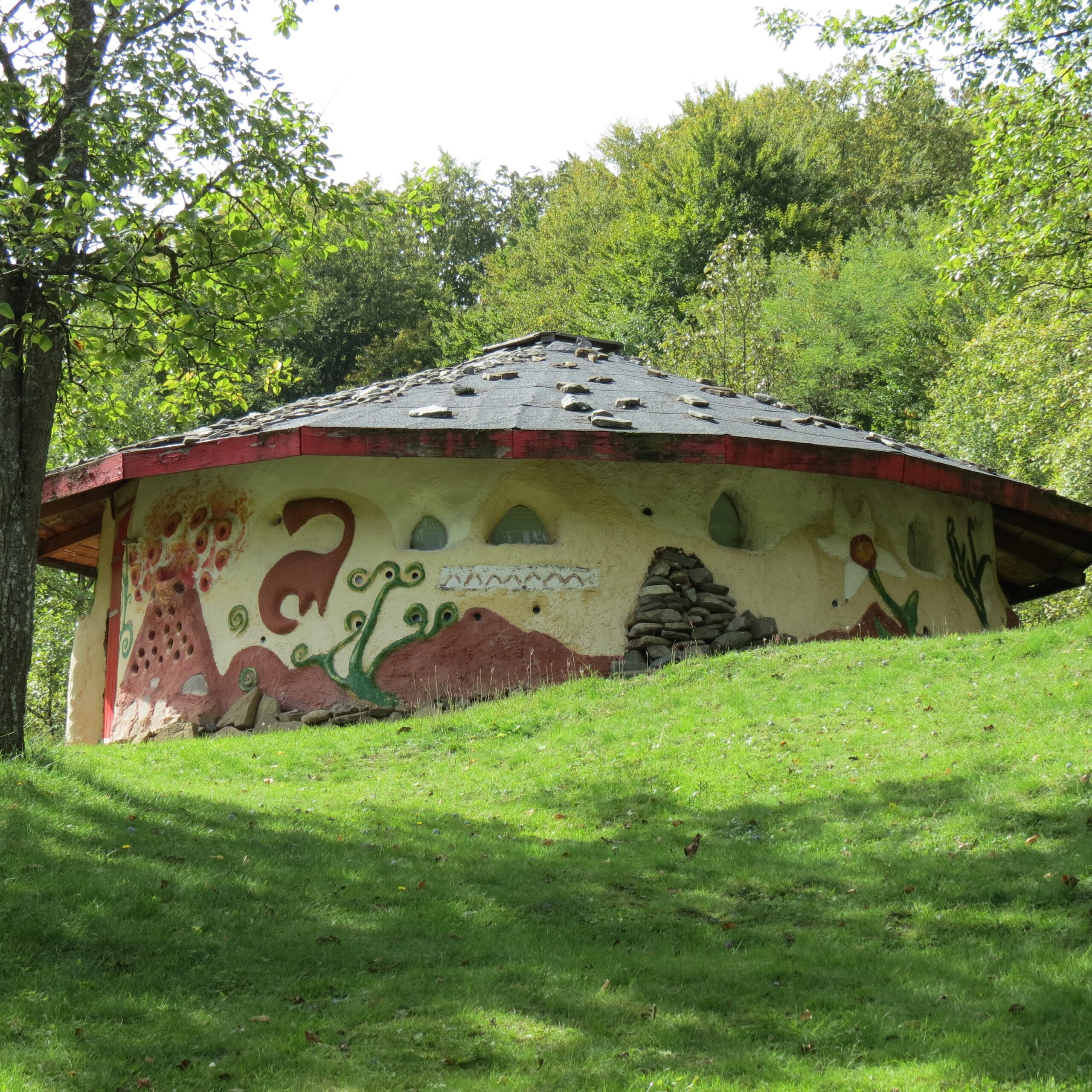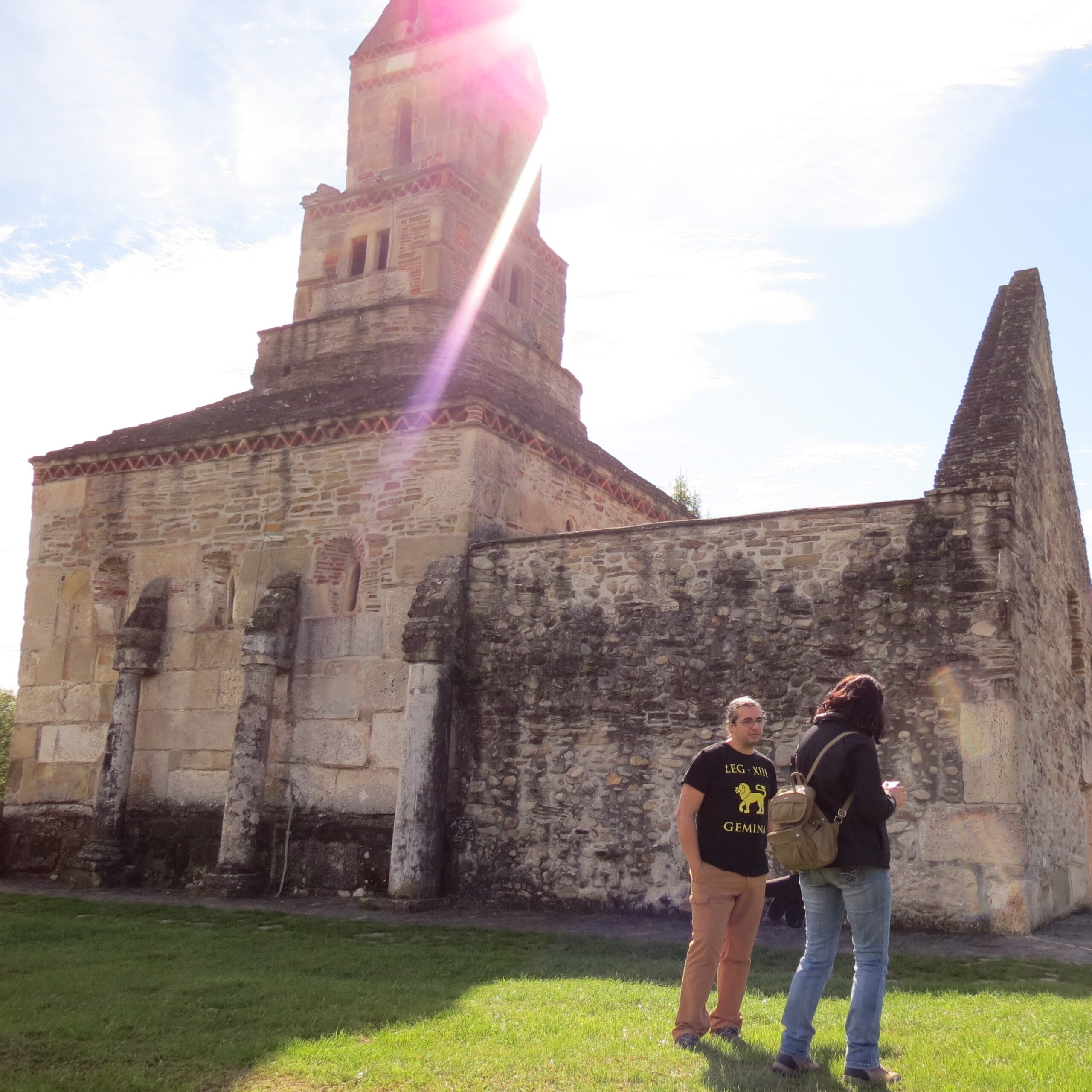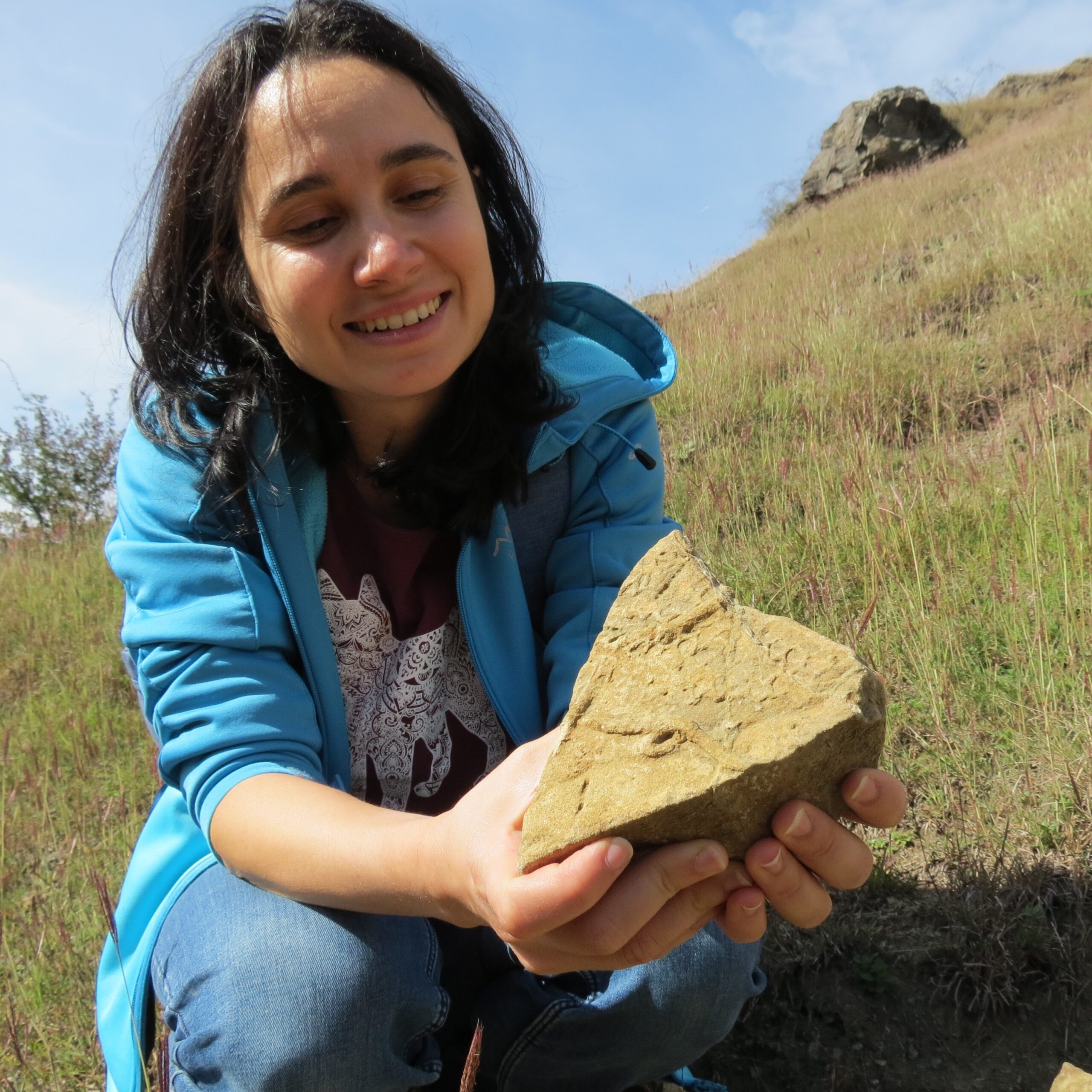Pre–conference tour
Warsaw: Resilience, transformation, and vibrant cultural legacy
Warsaw, the capital of Poland, is a city with an extremely rich and complex history that continues to shape its present character. In order to fully understand today’s Warsaw, it is worth looking at its past through a Heritage interpretation. Today’s Warsaw is a vibrant city that harmoniously combines modernity with a rich history.
However, in order to appreciate fully its present shape, it is necessary to go back in time, to the tragic events of the Second World War. At that time, Warsaw, as a symbol of resistance and independence, experienced almost total destruction. Nevertheless, thanks to the steadfastness of its inhabitants, the city rose from the ruins, becoming a testimony of extraordinary strength of spirit and determination.
We invite you on a unique journey in which this city will become our guide, telling us its fascinating story. Together, we will answer the question – what does Warsaw mean to its inhabitants? What values are important to them?
Get ready for an encounter with architecture, art, culture and the past, which are still present in the contemporary life of Warsaw’s inhabitants.
Provisional programme:
10 April
10:00 Departure from the meeting point and a tour around Warsaw.
13:00 Lunch and afternoon site visits
16:00 Coffee break
19:00 Dinner
Costs: €95
This includes guided site visits, lunch, coffee break and dinner.
You need to make your own hotel reservation.

Pre–conference tour
Haţeg Country UNESCO Global Geopark
A journey through time
11 May 2023
12:00 – Departure from Sibiu
14:30 – Arrival in Hateg Country Geopark and site visits, dinner and overnight stay
12 May 2023
08:30 – Visit to the House of the Geopark
13:00 – Arrival at Sighişoara
Fee: 96 €; includes the entire programme, transportation from Sibiu Airport and to the conference venue, accommodation for one night in Hațeg (twin room*) and dinner.
*single on request with additional fee
Programme:
You’re welcome to the place where a journey through our Planet’s Ages is on offer.
Hateg Country Geopark is the first Global Geopark in Romania and Eastern Europe. It is a region recognised as a UNESCO site because of the creative way the unique geological, natural and cultural heritage have been enhanced from a tourism, educational and scientific point of view.
Our journey will start in Densuș village at the House of Volcanoes, located 18 km from Hateg town and about 140 km from Sibiu airport.
First, we will walk on The Time Road to get into the world of volcanoes. A mascot called Andi Andesite, will be our guide in an educational centre dedicated to understanding volcanic phenomena. There are no active volcanoes these days in Hateg Country but the landscape looked completely different 70 million years ago and we’ll find out how and why.
The House of Volcanoes is the starting point on the path of Crooked Wood. At an altitude of 500m, following a path on a level curve, we will find gnarled trees that keep us company until we reach the top of the volcano. Standing on the volcanic ash, we’ll enjoy the beauty of the viewpoint which is ideal for an interpretation session.



Our journey will continue through the human age and people’s ability to create landmark buildings. Densuș Church is one of the most important tourist attractions in the region. It is a construction whose story has not been entirely decoded. Both the origin and date of the church’s building are controversial. Some believe it was originally a Roman temple to the God Mars, transformed into a church in the 12-13th centuries. Others claim that it was, in antiquity, the mausoleum of a Roman general whose Christian wife created the first church north of the Danube river in Roman Dacia. Today, the church has an unusual appearance, a mixture of styles and materials. Some windows are Roman sewer connections, columns support the church’s walls, the altar is a sarcophagus cover, the lions on the roof are Roman statues, and the massive stones in the walls retain their ancient carvings. Inside is another unique image: a painted icon of Jesus Christ dressed in a local Romanian folk costume.
We will close the day in the present age and in a slow manner. We will have dinner at the gastronomic point LuciAna. It is the place where we discover what slow food means for the Hateg Country local community. Specific tastes and flavours, combined with great art by Aunt Ana, intertwined with the stories of the place masterfully told by Uncle Luci, create an unforgettable atmosphere you can hardly want to leave.
We will spend the night in Hateg town and continue the journey through our Planet’s Ages the next day.
Our stop on the second day will be at the House of the Geopark, located in the town of Hateg. The exhibition, Balaurs, Dragons, Dinosaurs, will help us understand what a Geopark is and introduce us to our journey in the Late Cretaceous Age, 70 million years ago. This was the age of the dwarf dinosaurs of Transylvania who lived on the former Hateg Island. Local legends and true stories about balaurs (the evil Romanian many-headed dragons), dinosaurs, the palaeontologists who discovered them and the paleoartists who recreated these strange creatures will whet your appetite to find out more about the Geopark.
After the visit to the exhibition, we will leave the Geopark and go to Sighișoara.
Remember to bring your hiking shoes or boots with you and waterproof clothes to cope with the short spring rain showers.



